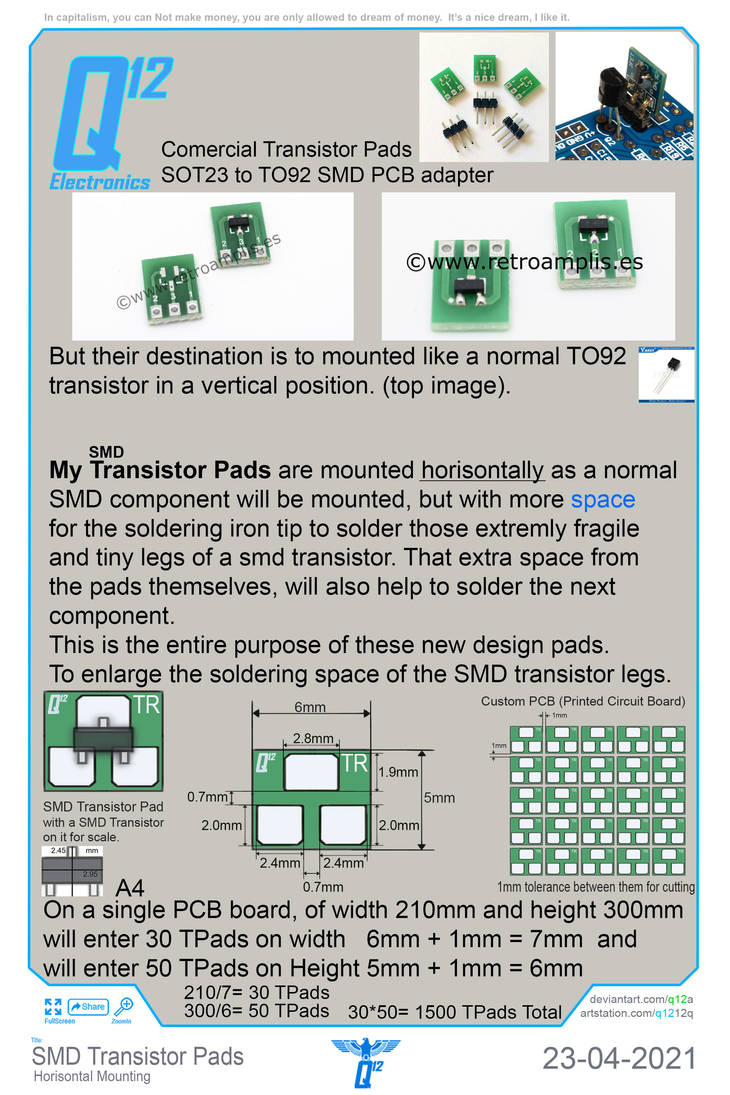I'm sorry, I kind of understanding what you are saying. But not completely.
I like that the photo is very clear and the movie is ok as well. I really love your osciloscope. Very nice model. I really like it.
So... I understand there is a waveform there, that shape on the osciloscope, and with a spike at the end of it, and that you tell me is some RC waveform. But I dont get the point. I think the point is that rapid fluctuation, will not get interfered by the day light? Or what? I also don't have a propper circuit skematic, so I cant follow what you did there very precisely.
I like that you are trying it but you must be more clear/direct with me. I'm not an electronist, remember? Im an artist and i see things visually and very well pointed. Im Not very abstract thinker.
I like that the photo is very clear and the movie is ok as well. I really love your osciloscope. Very nice model. I really like it.
So... I understand there is a waveform there, that shape on the osciloscope, and with a spike at the end of it, and that you tell me is some RC waveform. But I dont get the point. I think the point is that rapid fluctuation, will not get interfered by the day light? Or what? I also don't have a propper circuit skematic, so I cant follow what you did there very precisely.
I like that you are trying it but you must be more clear/direct with me. I'm not an electronist, remember? Im an artist and i see things visually and very well pointed. Im Not very abstract thinker.













